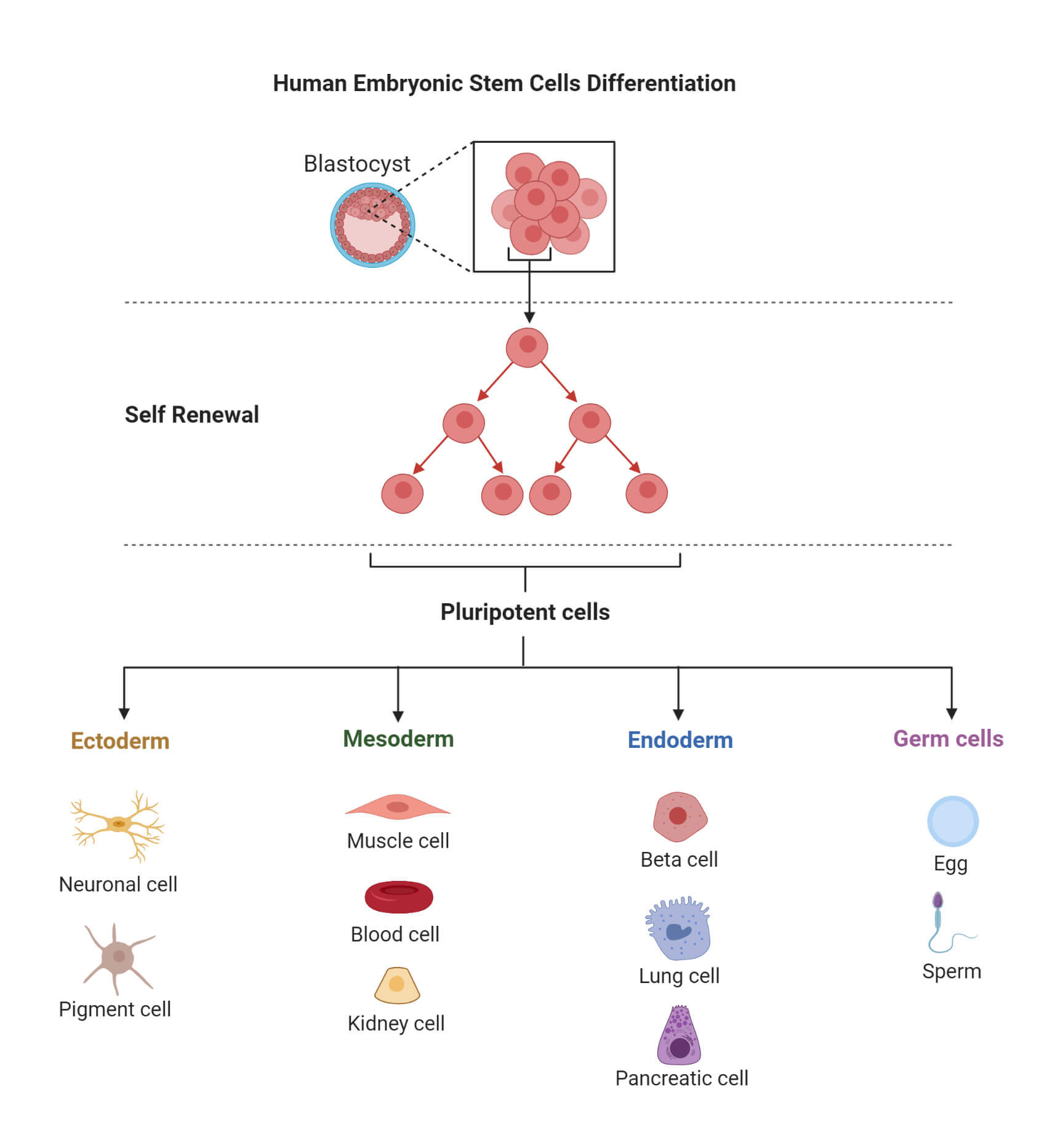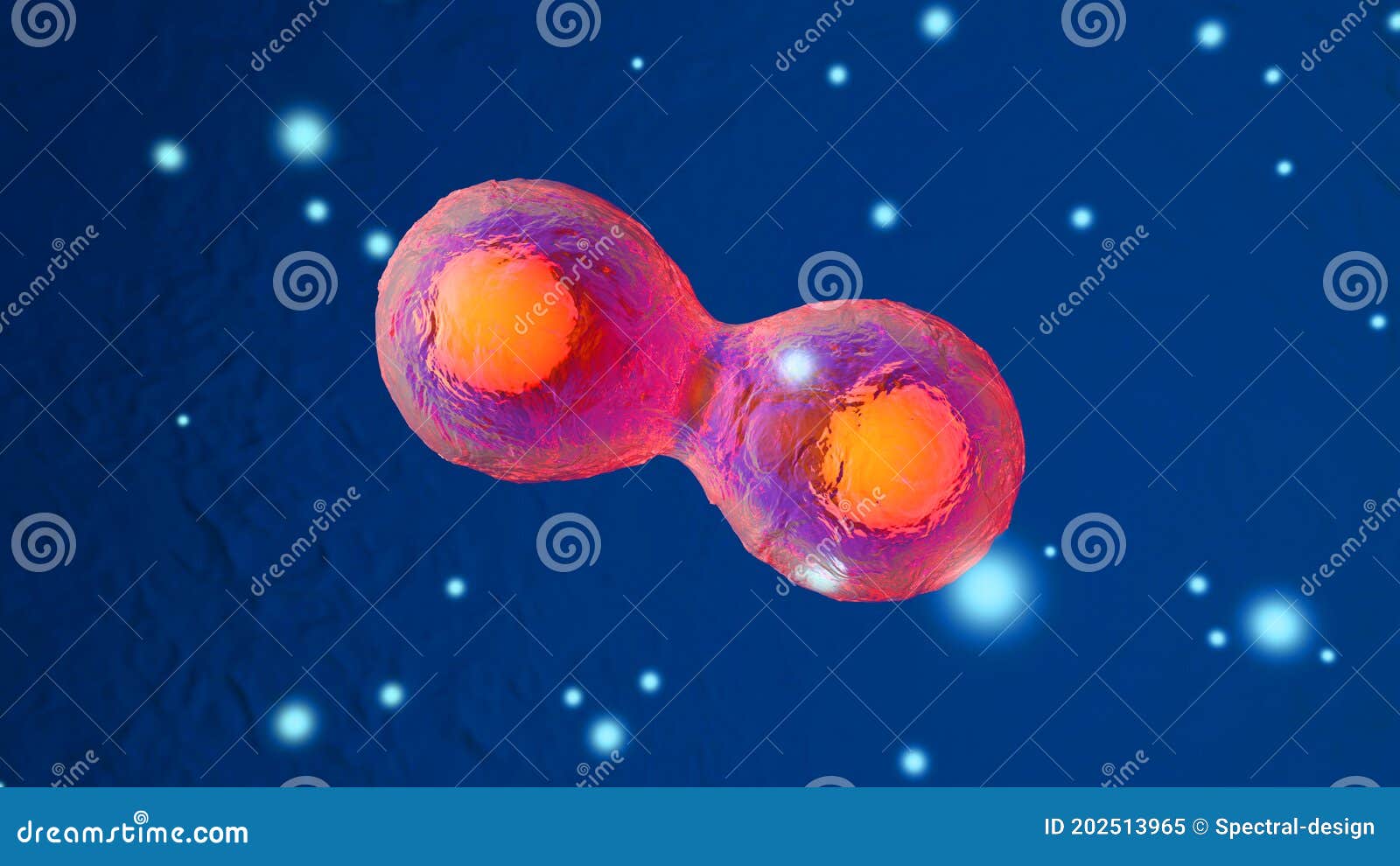Mechanisms of Asymmetric Stem Cell Division Cell Biology Diagrams Strong stimulation of the T‐cell receptor has been shown to induce an increase in asymmetric stem cell division rates using live imaging. Generation of CD8 T memory cells is achieved by asymmetric stem cell division (Gräbnitz et al., 2023). In a self‐renewing adult tissue‐ the lining of the intestine and the outer layer of the skin

Stem cells and asymmetric cell division. The roles of asymmetric cell division in stem-cell control, coupled with the mechanisms that regulate this process, have been extensively reviewed 1,2,3,4

Cellular and molecular mechanisms of asymmetric stem cell division in ... Biology Diagrams
Learn about the different types of stem cells, their unique properties, and how they are cultured and differentiated in the laboratory. Find out how pluripotent stem cells can self-renew and form all the cell types of the body.

An asymmetric cell division produces two daughter cells with different cellular fates. This is in contrast to symmetric cell divisions which give rise to daughter cells of equivalent fates. Notably, stem cells divide asymmetrically to give rise to two distinct daughter cells: one copy of the original stem cell as well as a second daughter programmed to differentiate into a non-stem cell fate.

Biology of stem cells: an overview Biology Diagrams
Collectively, both types of cell division are referred to as asymmetric cell division. An asymmetric cell division is defined as any division that gives rise to two sister cells that have different fates—a feature that can be recognized by differences in size, morphology, gene expression pattern, or the number of subsequent cell divisions undergone by the two daughter cells (Horvitz and Cell division - AQA Stem cells. Chromosomes carry genetic information in a molecule called DNA. A type of cell division called mitosis ensures that when a cell divides each new cell produced has The niche and asymmetric cell division of stem cells. The fate of stem cells is determined by their interaction with their microenvironment or niche. The niche is composed of other (stromal) cells, extracellular matrix (ECM), and signaling factors, which, in combination with intrinsic characteristics of stem cells, define their properties and

